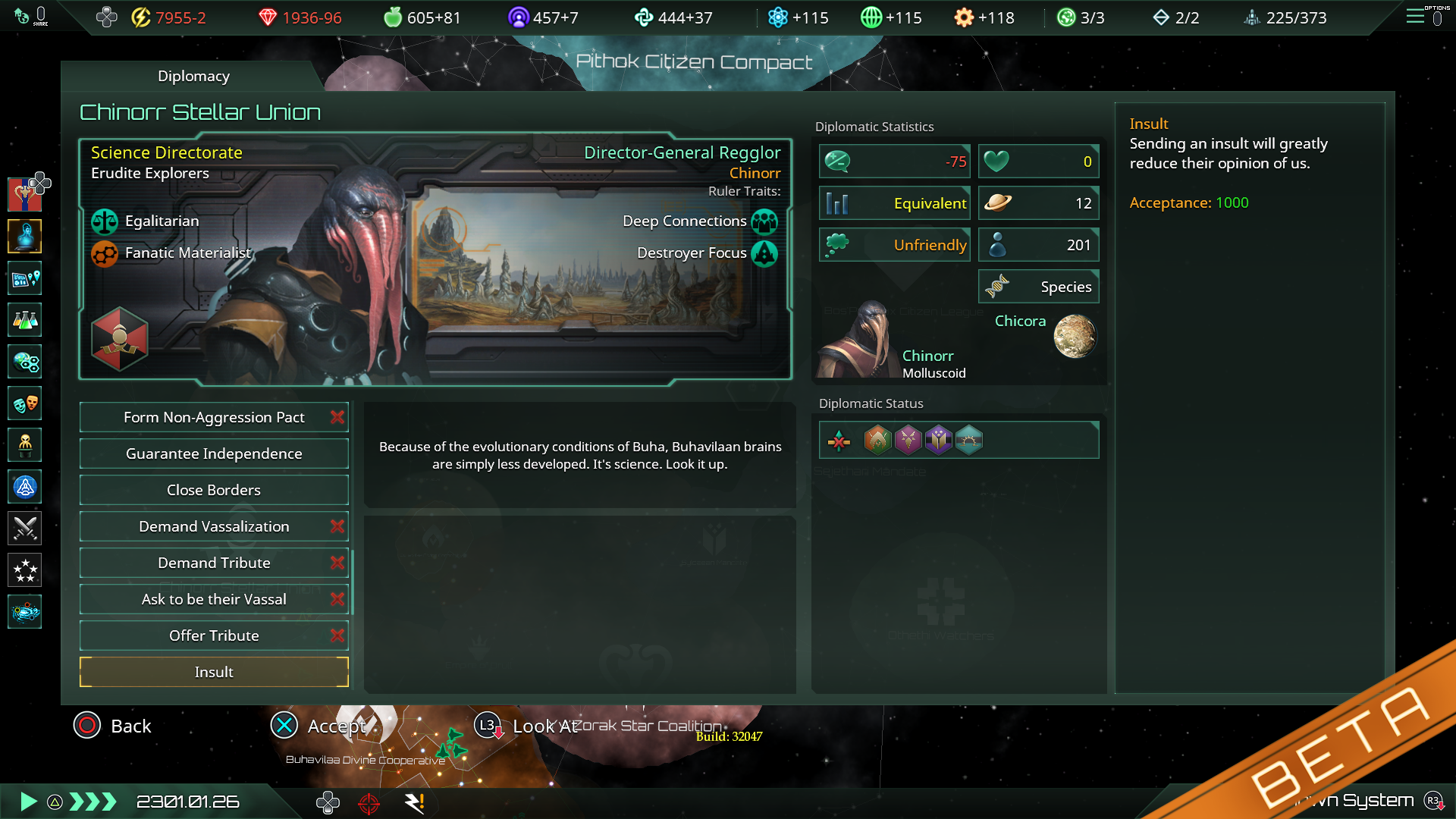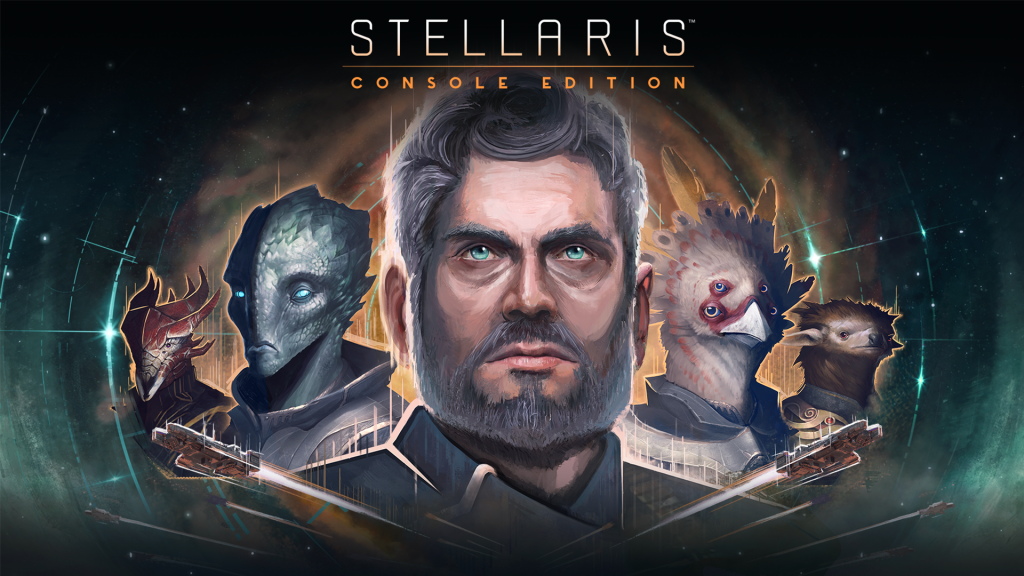Stellaris, a 4X/grand strategy game set in space, hit the shelves at a sweet spot in between Endless Space releases. Meeting a surprisingly starved market, Stellaris rapidly gained a huge player base, relatively speaking. Years later, it’s attempting to do the ill-advised, if not impossible—port to consoles a real-time-strategy game originally made for PC.
Given that this is a new audience, this review will tackle both the game itself and how the game translates to the controller. If you’re new to Stellaris, strap-in, buckle up and say your prayers. It’s gonna be a bumpy ride.
Mad Strats
Stellaris takes place in a distant future in which civilization discovered faster-than-light travel and opted to attempt to conquer the stars. It’s a 4x game, so you have to explore the vastness of space, expand your borders, exploit the resources you find and exterminate anyone who gets in your way. But it’s also a real-time-strategy game, where seconds are days and each passing moment presents an opportunity either wasted or seized.
What this looks like in Stellaris is exploring near-endless systems. You survey them with your science ship to see what resources are present and swoop in with your construction ship to build mining stations and the like. Meanwhile, you also need to expand your borders to habitable planets and manage the government, complex social interactions and surface-level production on each of those. This includes managing a spaceport and putting out enough ships to defend your territory from threats or become one yourself. Meanwhile, your top three scientists are constantly researching new technologies to help you be better at each of those aspects.
If your head is already spinning, I’m sorry to say that this barely scratches the surface. Stellaris is complicated AF. I put in almost 100 hours of Stellaris on the PC, but I still had to turn up the tutorial to “moron” to find my space legs again. That said, I found the tutorial very helpful, if a little overwhelming. Even if you’ve never picked up a 4X game before, Stellaris won’t leave you lost in space.
With more 4X-perience under my belt this time around, I find Stellaris to still has a load of refreshing mechanics. Its leader-recruitment and lifespan system puts you in a constant state of optimizing, resetting, and future-proofing. Stellaris also has perhaps the most entertaining and easy-to-follow system of random events. It crafts an intriguing story and pairs it with compelling gameplay affects, a combination similar games fail to pull off.
An Alternate Dimension
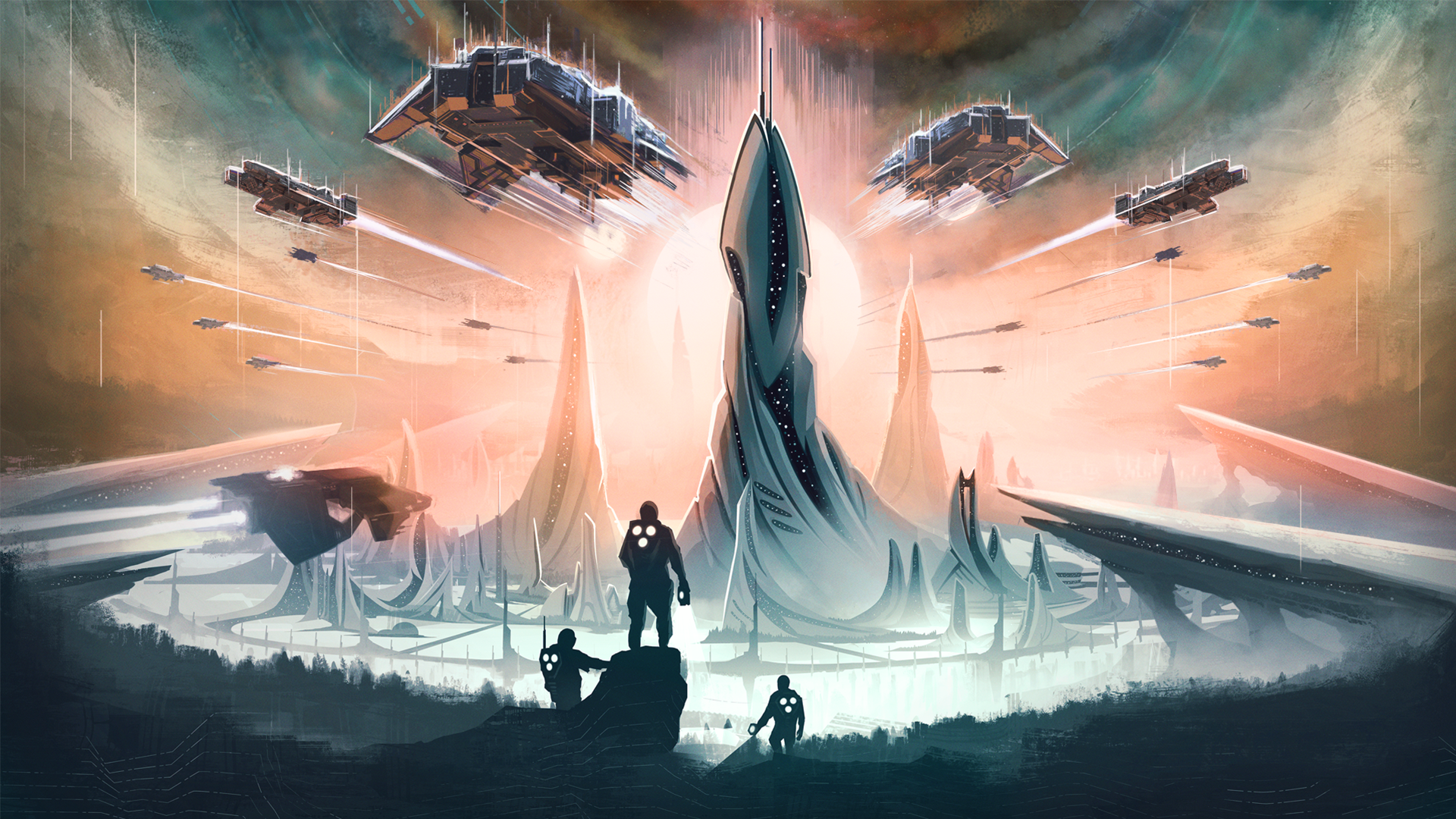
But this isn’t just a review of Stellaris. Stellaris came out nearly three years ago, and it was fantastic. Not only have the times changed (which we’ll get to), but the whole venue is different. No longer with the keyboard and mouse, a 4X player’s best friend, Stellaris has to be creative on the PlayStation 4. This has mixed results.
Tapping the PS4 controller’s touchpad cycles through your home planets—that is, planets with people on them. This is fantastic and absolutely necessary. In the late game, you can be juggling the surface and spaceport construction of upwards of 10 systems in real-time. If you had to zoom out to the galaxy view, find your the next system, and rinse and repeat, that’s all you’d do in Stellaris. As we’ve already established, there’s so much more to the game.
That said, it’s still rough around the edges. I long for the accuracy of the mouse as opposed to joy sticks. Trying to click on one ship or planet in a sea of icons and health bars is a precarious task. The game is condensed down to four different menus, each accessible by the D-Pad. But getting in and out of those menus feels like it takes one too many steps. Also, it’s hard to remember to de-select ships before clicking on something. When I could just click off something, I never made those errors.
It’s difficult to get used to the controller, but Stellaris itself also takes a while to get used to. I anticipate new players having even taller barrier.
Time Warp

One might expect Stellaris on the PS4 to essentially be the “complete edition,” but that isn’t the case. The starting version of Stellaris on consoles is 1.7. For reference the PC version of the game is on version 2.2. Now, according to recent Steam reviews, that may not be so bad. Some recent decisions on the development side of Stellaris have been controversial, to say the least.
Still, for players of the PC version, it may feel a bit like a drag to strap on some limits that you’re used to playing without. That said, at least it’s not starting at the original build. The first version of the game would put quests on the other side of the galaxy, but auto-default every empire to close their borders against you. You’d have to immediately tech your military and wipe out people in your path. 1.7 at least has some significant AI improvements, which will actually make the game easier to get into for new players.
That said, some of the core mechanics in Stellaris still let me down. Notably, it is supposed to be a 4X game, and you can usually win 4X games. “Winning” in Stellaris is laughably far away. You can either eliminate every empire or control at least 40% of the habitable planets in the galaxy. Take your pick, but have fun getting dozens of hours in and still wondering when victory will arrive. I’ve said it before, but Stellaris often feels like a space-sim rather than a true 4X.
Stellaris also puts the training wheels on when it comes to system management. It puts a soft cap on the number of systems you can directly manage and forces you to relegate the rest to AI-controlled sectors. This might be fine if the AI wasn’t watertrash. When these were first rolled out, sectors would tank your economy with dubious spending ventures. While they did improve over time, the whole system is one giant quagmire without an easy solution.
Fading Stars

Stellaris is an in-depth experience. It’s as addicting as any game I’ve played. You’ll be surprised how the hours just slip by while you’re engaged. It’s a black hole that sucks you in slowly, but relentlessly.
That said, if you manage to pull yourself out, the sleek veneer of Stellaris‘ bright stars fades more quickly than you might expect. Three years later, Stellaris is showing its age, and its rocky port to the controller certainly isn’t helping its case. You could still argue that Stellaris is the best console-version of an RTS game and you’d probably have a good case, but that isn’t exactly a high bar to clear.
The Stellaris review code was provided by the publisher. Version 1.00 was reviewed on a PS4 Slim. For more information on scoring, please read our Review Policy.
-
Addicting
-
Refreshing 4X mechanics
-
AI better than original version
-
Some controller mechanics are inspired
-
Feels dated
-
Controller is too complicated
-
No DLC
StellarisBetaScreenshots
-
Stellaris_beta_ps4_1
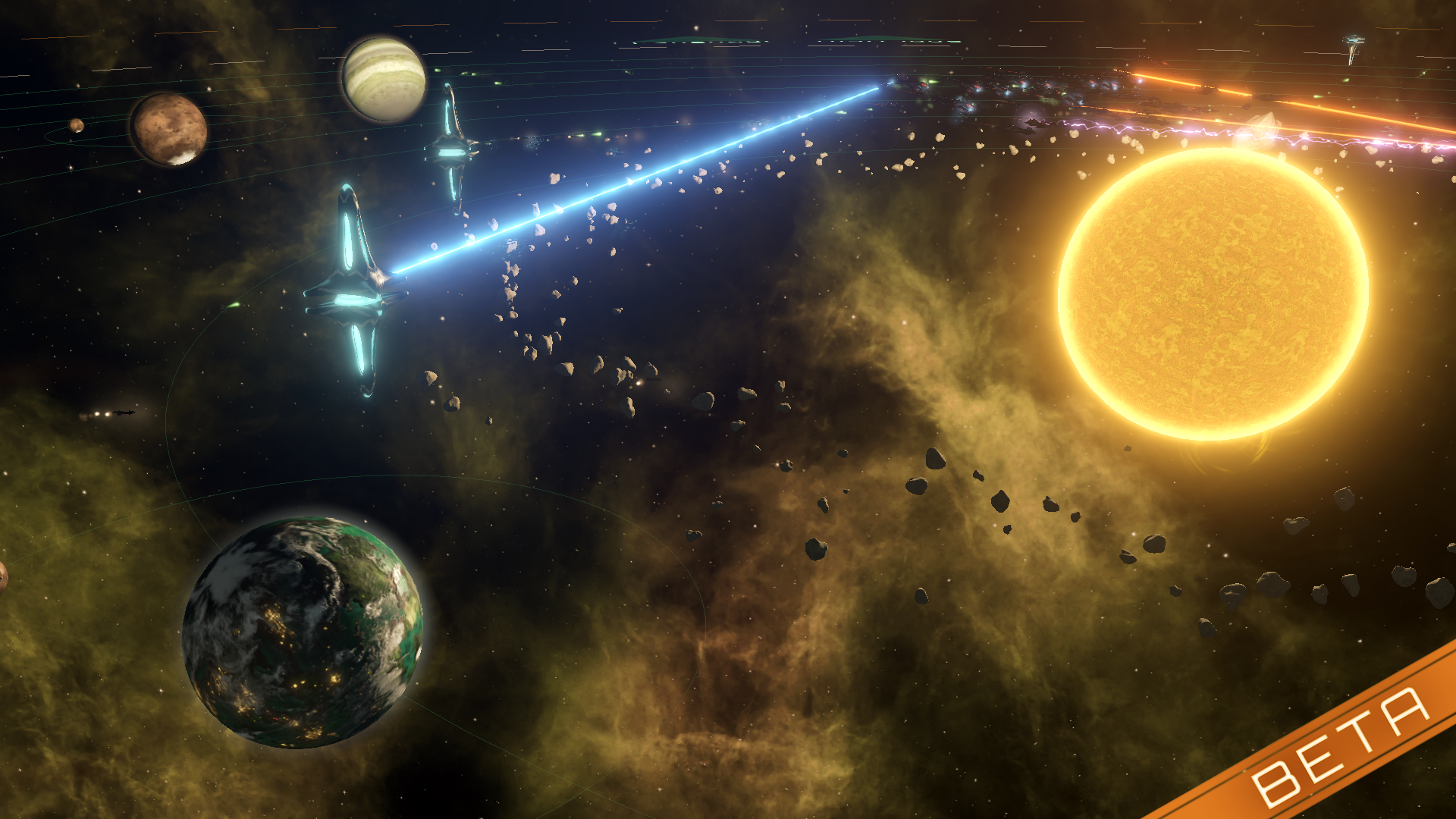
-
Stellaris_beta_ps4_2
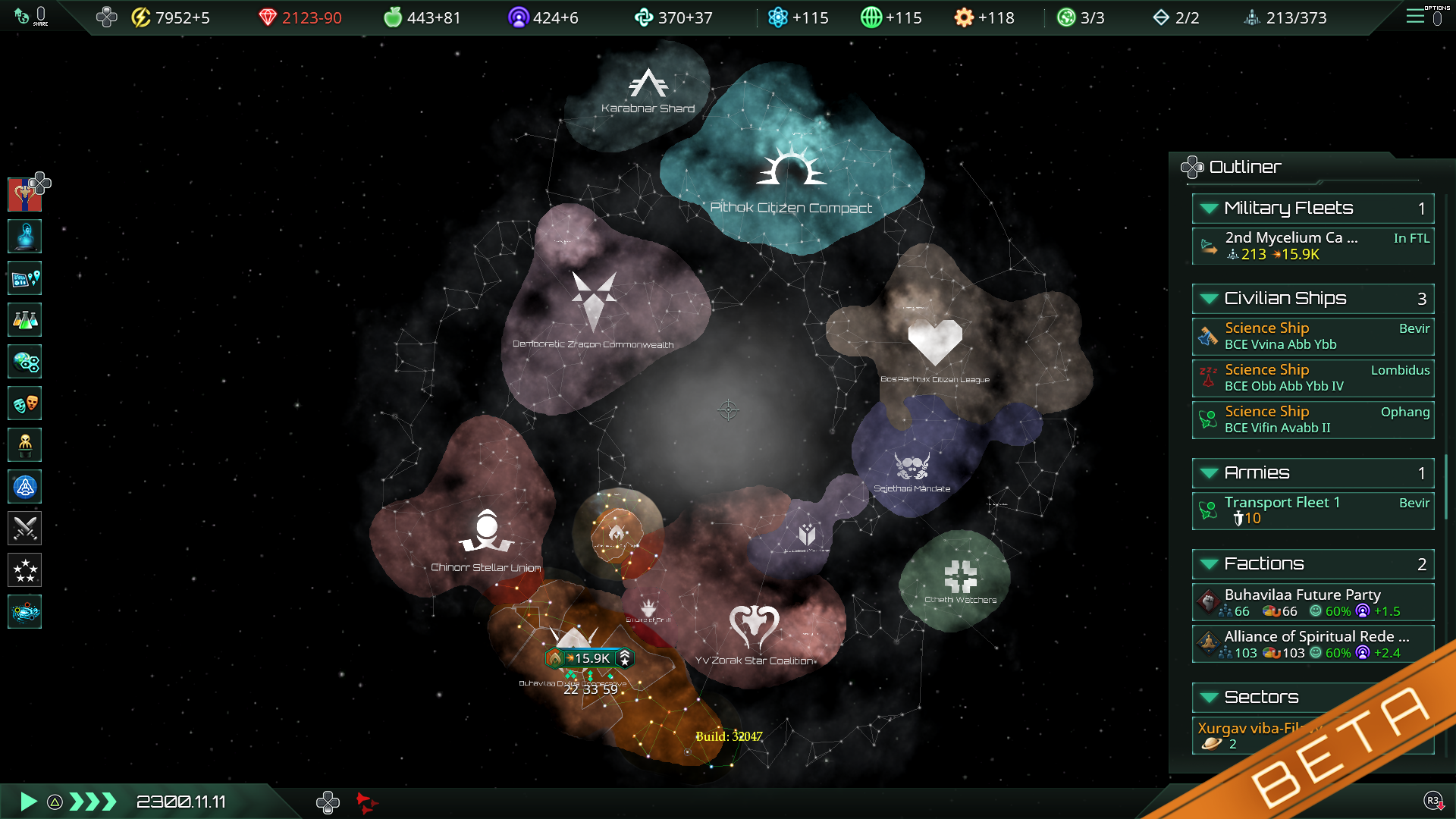
-
Stellaris_beta_ps4_3
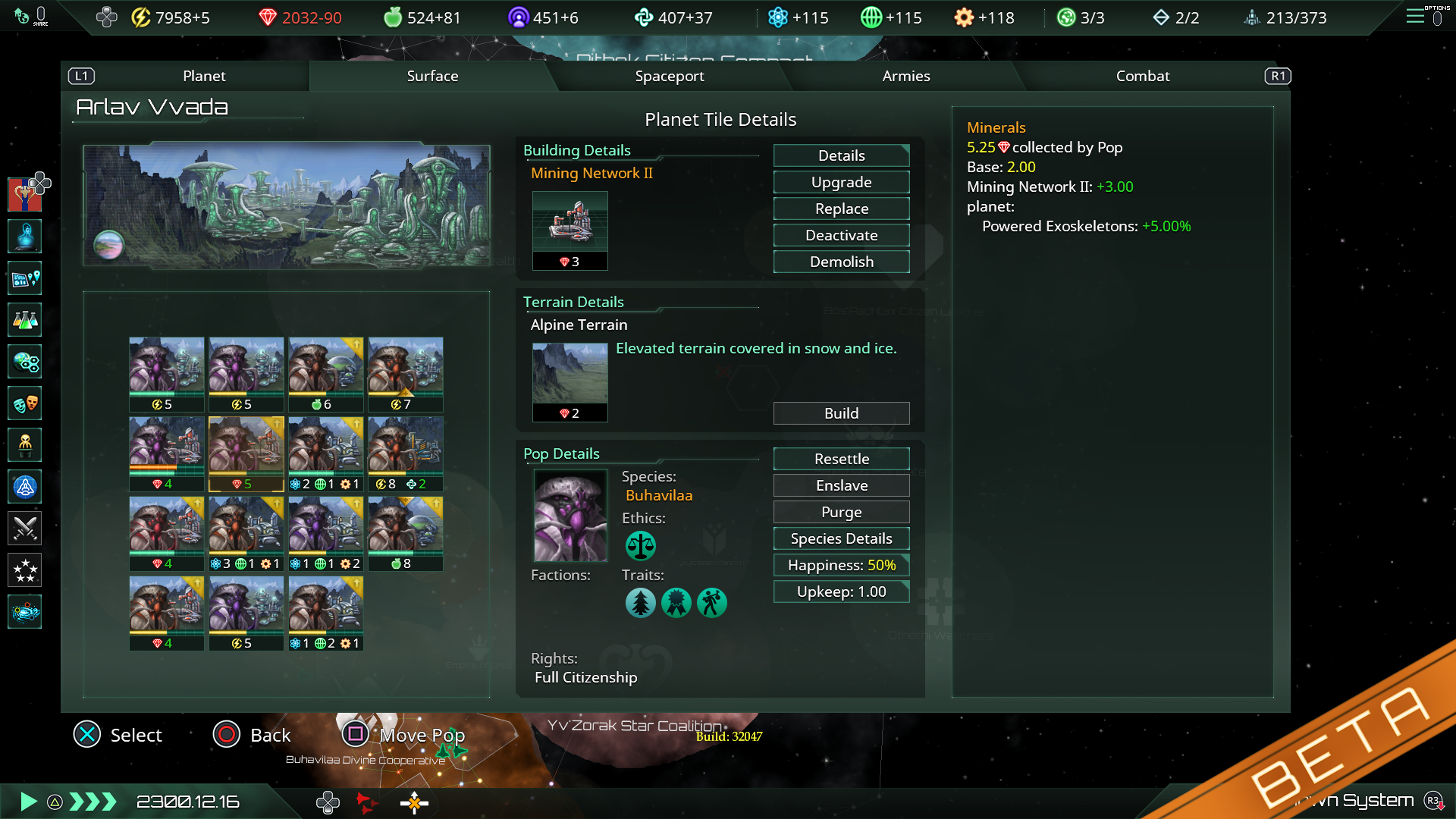
-
Stellaris_beta_ps4_4
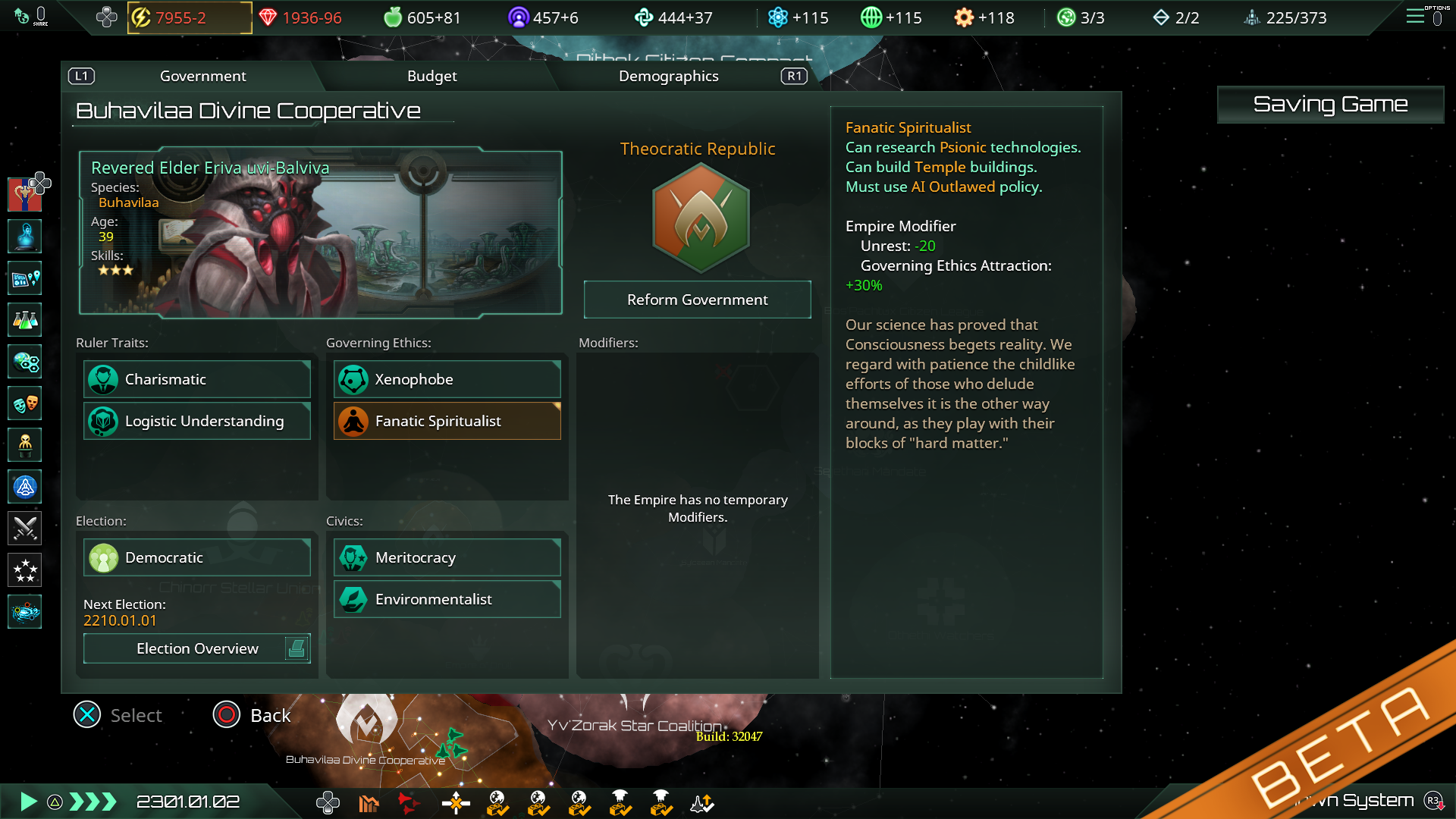
-
Stellaris_beta_ps4_5
